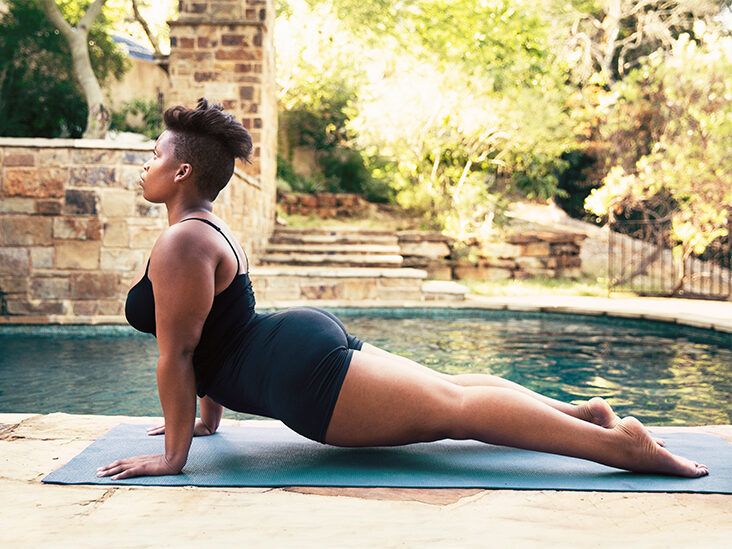Self-compassion is a skill — and it’s one we all can learn.
More often than not, when in “therapist mode,” I remind my clients that while we’re working hard to unlearn behaviors that no longer serve us, we’re also working on fostering self-compassion. It’s an essential to the work!
While it can be easy for some of us to feel and express compassion to others, it’s often difficult to extend that same sense of compassion toward ourselves.
But what do I mean by self-compassion?
Compassion, more broadly, is about awareness of other people’s distress and a desire to help. So, to me, self-compassion is about applying that same sentiment to yourself.
Everyone needs support through their journey in healing and growth. And why shouldn’t that support also come from within?
Think of self-compassion, then, not as a stop in your journey — not a destination.
For example, even on my self-love journey, I still get moments of anxiety when I don’t do something “perfectly” or I make a mistake that can start up a shame spiral.
I once wrote down the wrong start time for a first session with a client, which caused me to start 30 minutes later than they expected. Yikes!
Upon realizing this, I could feel my heart sink in my chest with a pump of adrenaline and a deep flush of hotness in my cheeks.
But being aware of these sensations allowed me to breathe into them to slow them down. I invited myself (silently) to release the feelings of shame and ground into the stability of the session.
I reminded myself that I’m human, and it’s more than OK for things not to go according to plan all the time. I allowed myself to learn from this snafu. I was able to create a better system for myself.
I also checked in with my client to make sure I could support them, rather than freezing up or shrinking away in shame. Turns out, they were fine, because they could see me first and foremost as a human.
So, how did I learn to slow down in these moments? It helped to start by imagining my experiences in the third person.
That’s because most of us can imagine offering compassion to someone else a lot better than we can offer it to ourselves. From there, I can ask myself, “How would I offer compassion to this person?”
It turns out that being seen, acknowledged, and supported were key parts of the equation.
I allowed myself a moment to step back and reflect on what I was seeing in myself, acknowledged the anxiety and guilt, and then supported myself in taking actionable steps to improve the situation.
Fostering self-compassion is no small feat. The most important part is that you’re willing and open to exploring what this might mean for you.
That’s the part I’m going to invite you to engage with now with three steps.
Many of us who have difficulty with self-compassion also cope with what I often call the shame or self-doubt monster, whose voice can pop up at the most unexpected moments.
Common shame monster phrases
- “I’m not good enough.”
- “I shouldn’t feel this way.”
- “Why can’t I do things like other people?”
- “I’m too old to be struggling with these issues.”
- “I should have [fill in the blank]. I could have [fill in the blank].”
Cultivating self-compassion requires practicing “talking back” to this shame monster. With time, the hope is that your internal voice becomes stronger and louder than the voice of self-doubt.
Talking back to the shame monster
- “I’m absolutely worthy and divinely deserving.”
- “I’m allowed to feel however I feel — my feelings are valid.”
- “I’m unique in my own wonderful ways while still sharing sacred interconnected human experiences with many.”
- “I’ll never ever be too old (or too much of anything, for that matter) to continue cultivating curiosities about my own behaviors and spaces for growth.”
- “In this moment I am [fill in the blank]. In this moment I feel [fill in the blank].”
If these don’t feel natural to you, that’s OK! Try opening up a journal and writing some affirmations of your own.
As a somatic therapist focusing on the mind-body connection, I always invite people to return to their bodies.
Utilizing drawing or movement as tools for processing can often be quite helpful. That’s because they allow us to express ourselves from a space we aren’t always fully conscious of.
Gently invite yourself to draw how you felt when leaning into the affirmations I offered — perhaps focusing on one that spoke to you deeply.
Allow yourself to use any colors and medium that resonates with you. Allow yourself to notice and be curious about how drawing feels in your body.
Don’t worry about trying to be artistic. Just focus on drawing how you feel.
Do you notice any areas of tension in your body? Can you try releasing them through your art? How hard or soft are you pressing down as you create? Can you notice how that feels in your body and what it feels like to invite different variations of pressure on the paper?
All of this is information your body is kind enough to share with you if you’ll listen.
If creating art isn’t resonating with you, I invite you to feel into a movement or movements that want or need to be more fully expressed.
For example, when I need to process emotions, I have some go-to yoga poses that titrate between opening and closing to help me feel unstuck.
One of them is switching for a few rounds between Happy Baby and Child’s Pose. The other is Cat-Cow, which also allows me to sync my slowing down to my breath.
Self-compassion isn’t always easy to cultivate, especially when we can often be our own worst critics. So, finding other ways to access our emotions that take us out of the verbal realm can really help.
When we’re engaging in art therapeutically, it’s about the process, not the result. The same goes for yoga and movement.
Allowing yourself to focus on how the process feels and detaching from how it looks to others is a part of gaining self-compassion.
Whatever it is you’re feeling, no need to judge it. Simply meet yourself wherever you are.
Working toward releasing the judgments and expectations others place upon us isn’t easy work, but it’s sacred work. With time, it can become a real source of empowerment.
You’re healing a wound many aren’t even aware of. You deserve to celebrate yourself through it all.
With time, as you flex this new muscle, you’ll find that self-compassion is a ready torch, there to lead you through whatever comes your way.
You might also be interested in…
- Signing up for our Anxiety & Depression Newsletter.
- Joining our Bezzy Depression online community.
- Exploring our Mental Well-Being hub.
Rachel Otis is a somatic therapist, queer intersectional feminist, body activist, Crohn’s disease survivor, and writer who graduated from the California Institute of Integral Studies in San Francisco with her master’s degree in counseling psychology. Rachel believes in providing one the opportunity to continue shifting social paradigms, while celebrating the body in all of its glory. Sessions are available on a sliding scale and via tele-therapy. Reach out to her via email.






